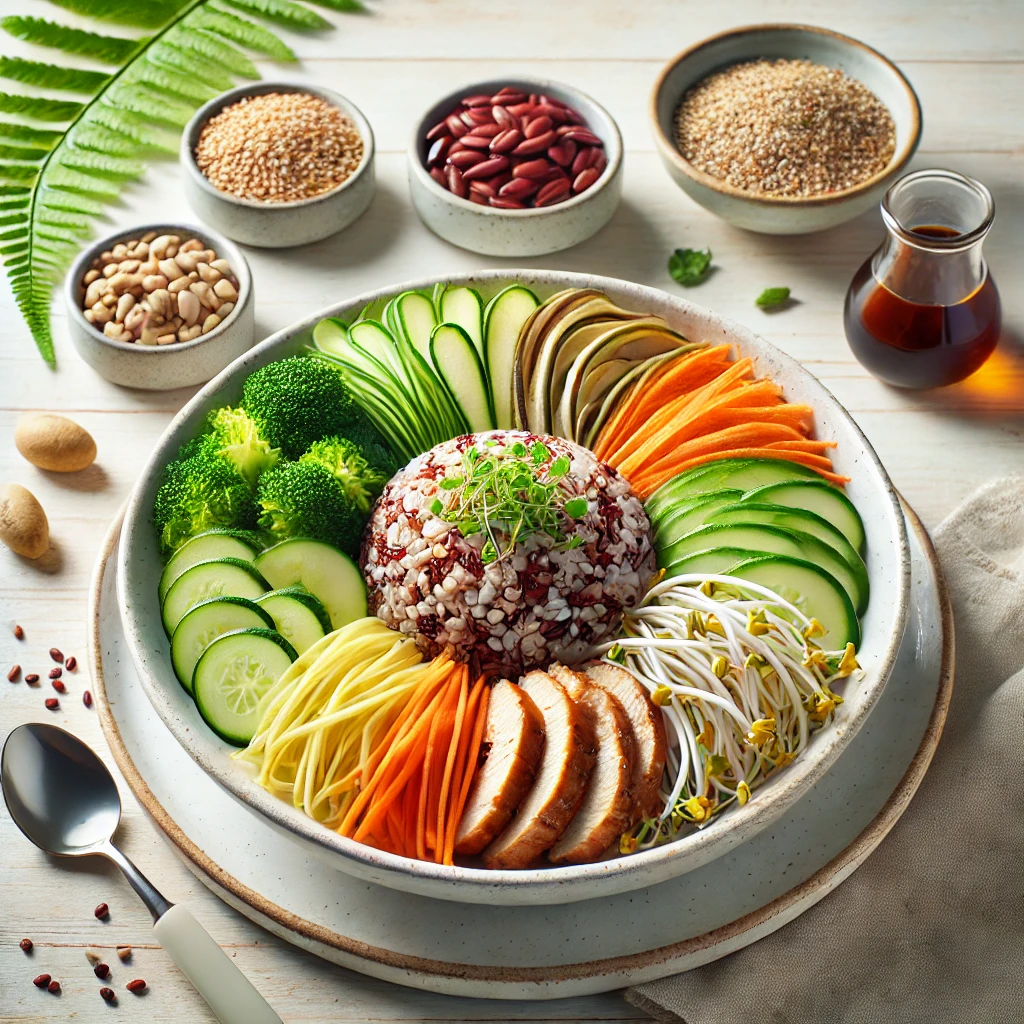Healthy Bibimbap Recipe for Diabetes and Kidney Disease Patients
Bibimbap is a representative Korean dish known for its balance of nutrients, offering a variety of vegetables and protein in one meal. However, individuals with diabetes or chronic kidney disease must carefully manage their intake… Healthy Bibimbap Recipe for Diabetes and Kidney Disease Patients
